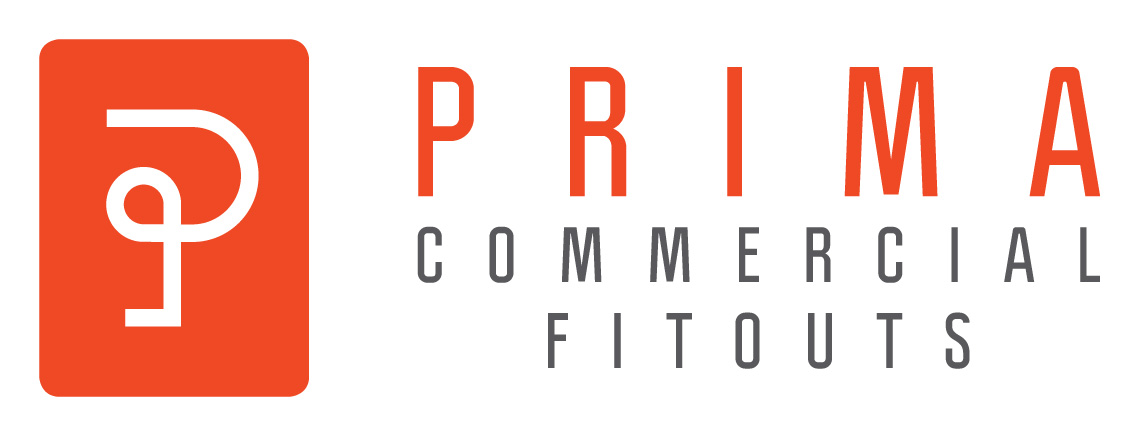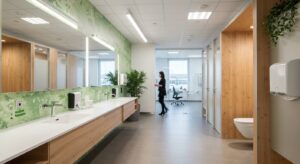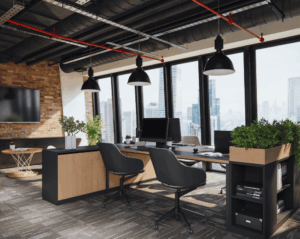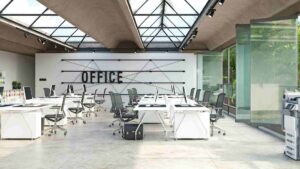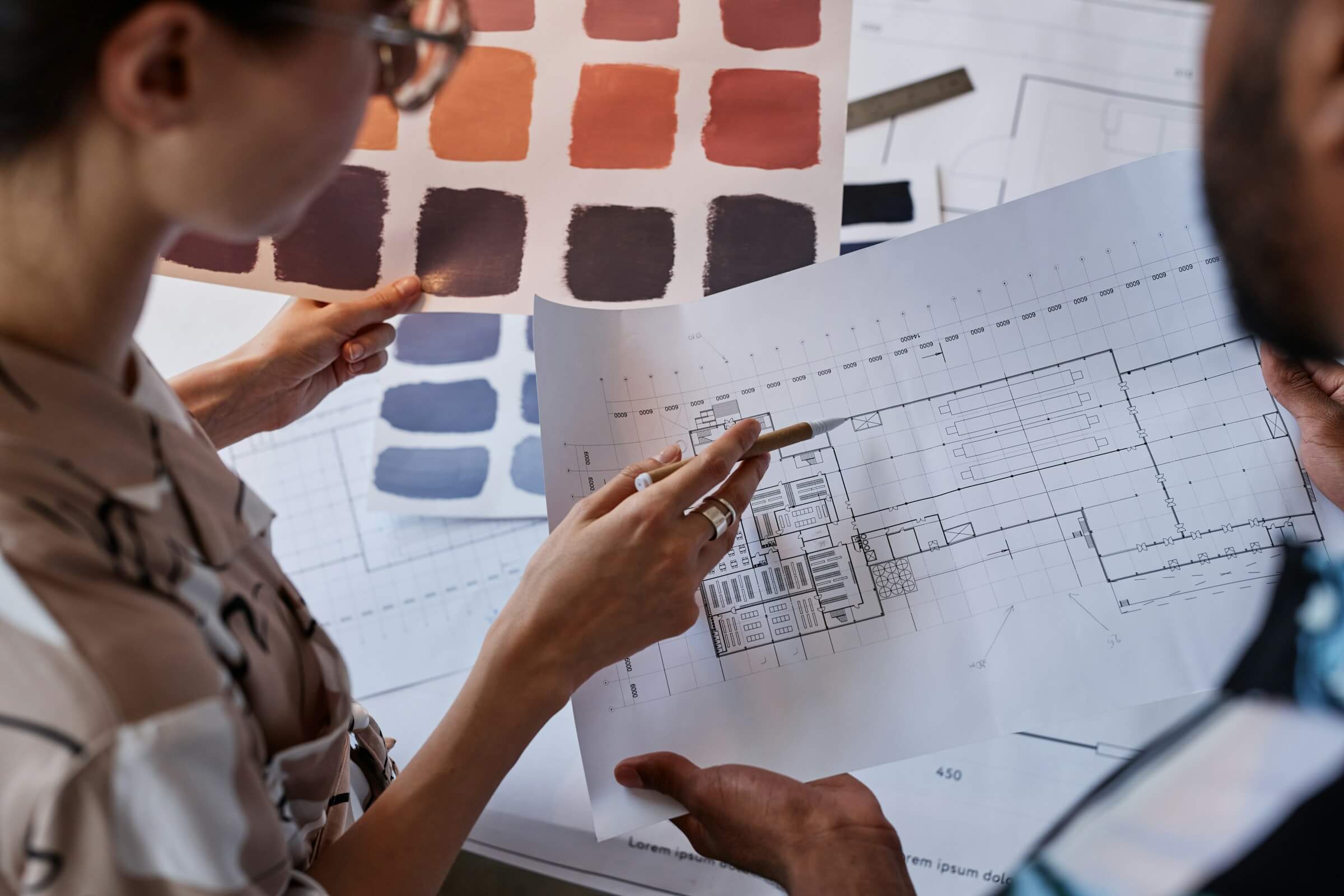
When business owners start thinking about designing their workspaces, they often find themselves facing a critical question: should I hire an interior designer or an office designer? While both professionals work with the layout and aesthetics of spaces, they bring distinctly different expertise to the table. Choosing the right one could significantly impact your workspace’s functionality, productivity, and overall business success.
In this article, we’ll break down the key differences between interior design and office design, highlighting why hiring a specialist in office fitouts can yield far more value for your business than opting for a traditional interior designer.
What Is Interior Design?
Interior design primarily focuses on enhancing the aesthetics, comfort, and functionality of a space. Interior designers work across a broad spectrum of settings, including residential homes, hotels, restaurants, and retail spaces. They consider elements such as colour schemes, furniture placement, textures, and decor. Their goal is to create a visually pleasing environment that fits the client’s lifestyle or brand identity.
Key Elements of Interior Design
Aesthetic Appeal
The primary focus is creating visually appealing environments. Colour schemes, furniture styles, and decorative elements are chosen to reflect personal taste or branding.
Comfort
Interior designers emphasise creating spaces where people feel at ease, whether in homes, restaurants, or lounges.
Residential Focus
While interior designers work in commercial settings, they often excel in creating comfortable, stylish spaces that reflect personal taste rather than organisational goals.
Interior design is crucial in settings where comfort and appearance are paramount, but it may not address the unique functional demands of a corporate or commercial environment.
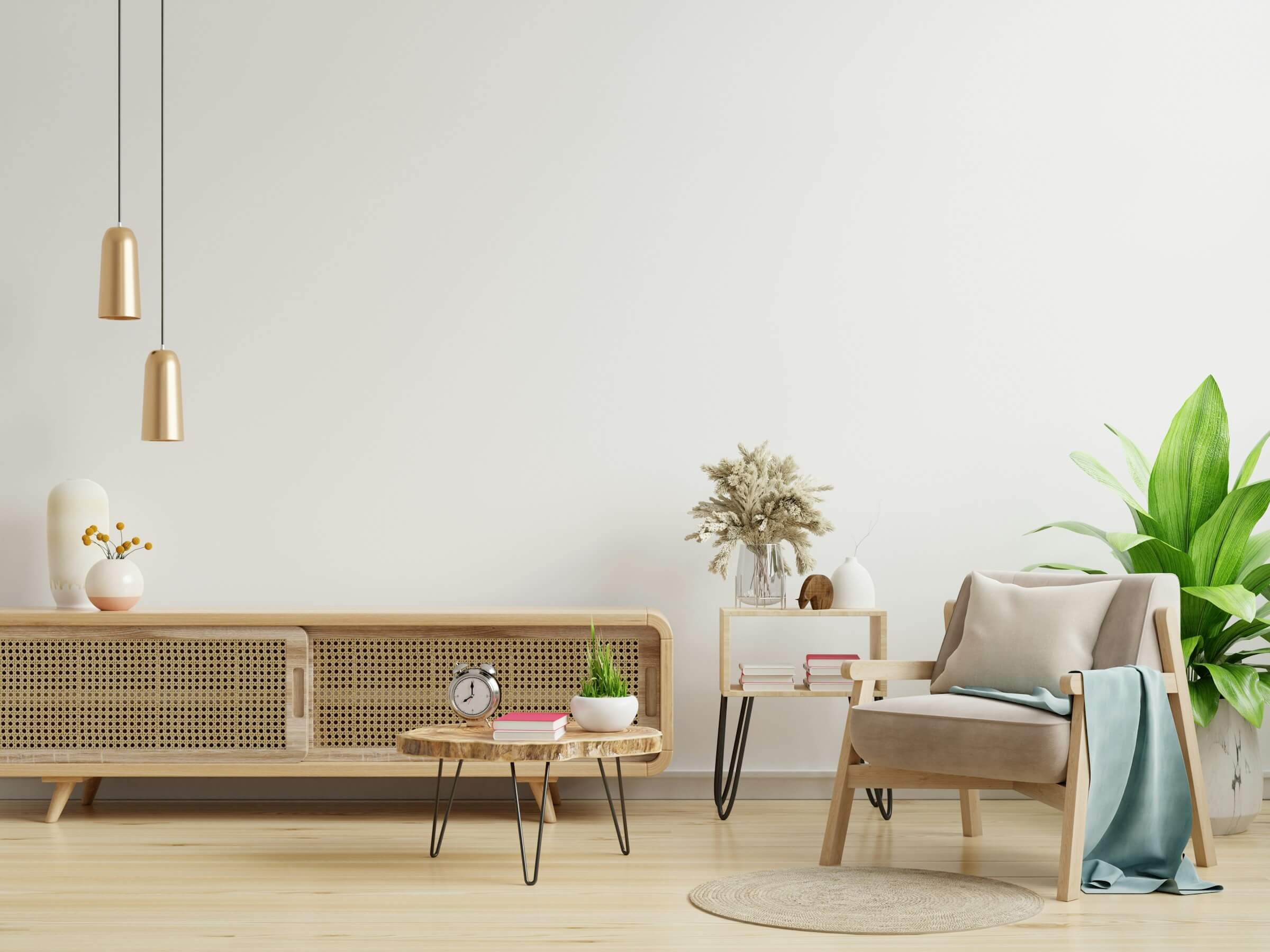
Interior design focuses on style and comfort
What Is Office Design?
Office design on the other hand, goes far beyond style. It focuses on creating work environments that foster productivity, collaboration, and employee well-being. An office designer understands that a well-designed office is not just about aesthetics but about creating a space that supports the business’s operations, culture, and goals.
Office design typically addresses:
Space Optimisation
Efficient use of space is a top priority. Office designers understand how to balance open-plan spaces, private offices, and collaborative zones to suit different working styles.
Employee Well-being
Modern office design considers ergonomic furniture, lighting, acoustics, and air quality—all crucial elements for supporting employee health and well-being.
Productivity
The layout of an office can significantly impact productivity. Office designers consider workflows, reducing distractions, and creating spaces that encourage collaboration.
Technology Integration
In today’s digital age, office design must also accommodate technology such as video conferencing systems, workstations, and smart devices.
Unlike interior designers, office designers have a deep understanding of how a workplace should function to support both the business and its employees.
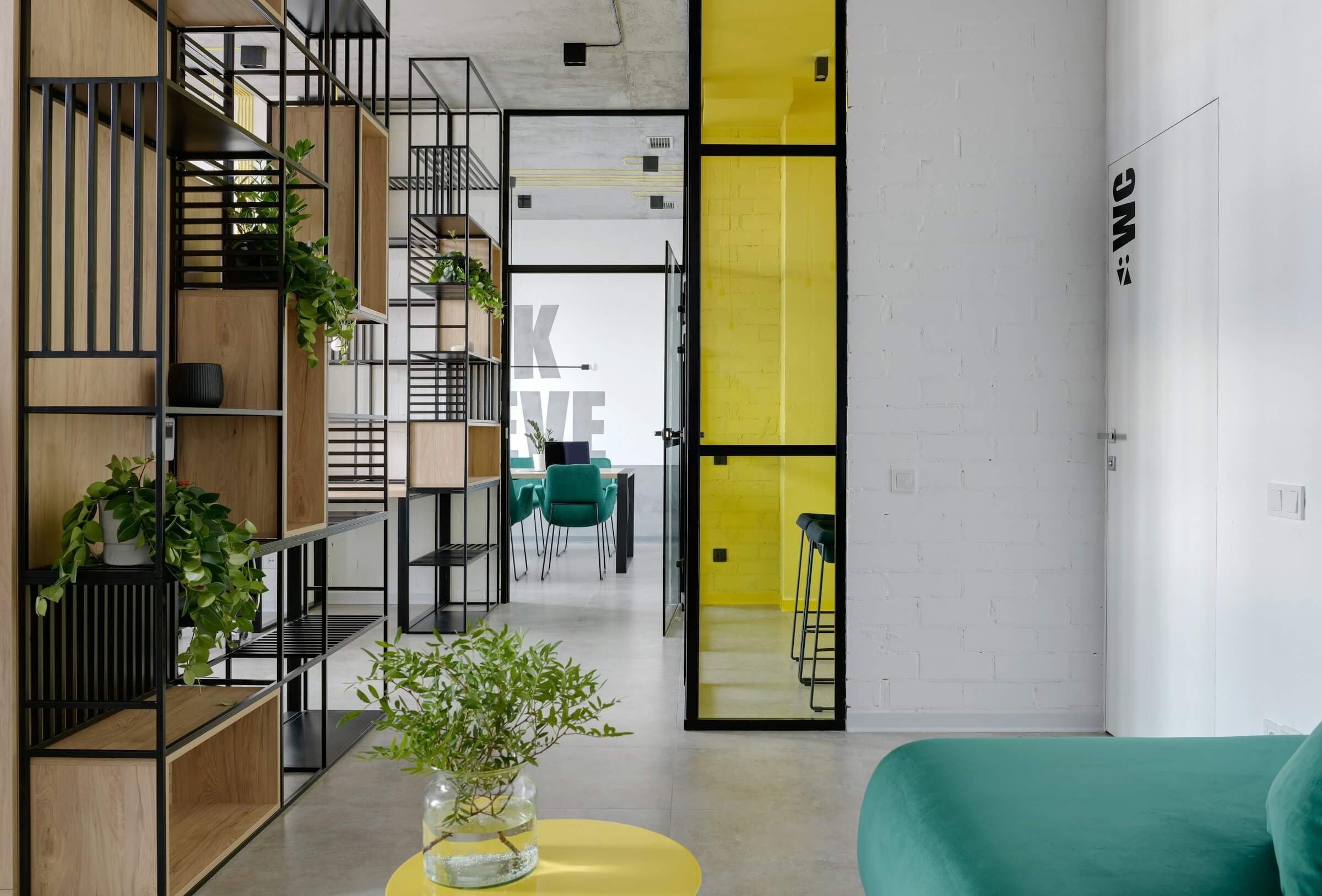
Office design incorporates brand, functionality, comfort and productivity
Key Differences Between Interior Design and Office Design
While both interior and office design aim to create functional and aesthetically pleasing spaces, they differ significantly in purpose and execution. Here are the primary differences:
1. Function vs. Aesthetic
While interior designers focus primarily on style and comfort, office designers concentrate on the functionality of the workspace. An office is not just a place to look good but a space where employees can perform at their best. Office design considers workflows, technology integration, and employee well-being to create a productive environment. Studies have shown that effective office design can make a significant improvement on productivity.
2. Space Utilisation
Interior designers may prioritise how a space looks over how it works. In contrast, office designers focus on space optimisation to ensure that every inch of the office is functional and contributes to the business’s operations. This includes creating meeting rooms, breakout spaces, and quiet zones, as well as accommodating flexible workspaces that can evolve as business needs change.
3. Employee Well-being
A critical aspect of modern office design is employee well-being. Office designers incorporate ergonomic furniture, natural lighting, air quality systems, and sound management to create a workspace that supports physical and mental health. For example, ergonomic office furniture can help reduce the risk of musculoskeletal issues, improving employee satisfaction and reducing sick days.
4. Technology Integration
While interior designers may excel at creating beautiful environments, they often lack the expertise needed to seamlessly integrate technology into the workplace. Office designers consider how to position workstations, power outlets, and technology systems to ensure that employees can use the tools they need effectively. This includes planning for future technological advances, such as smart office systems or hybrid work models.
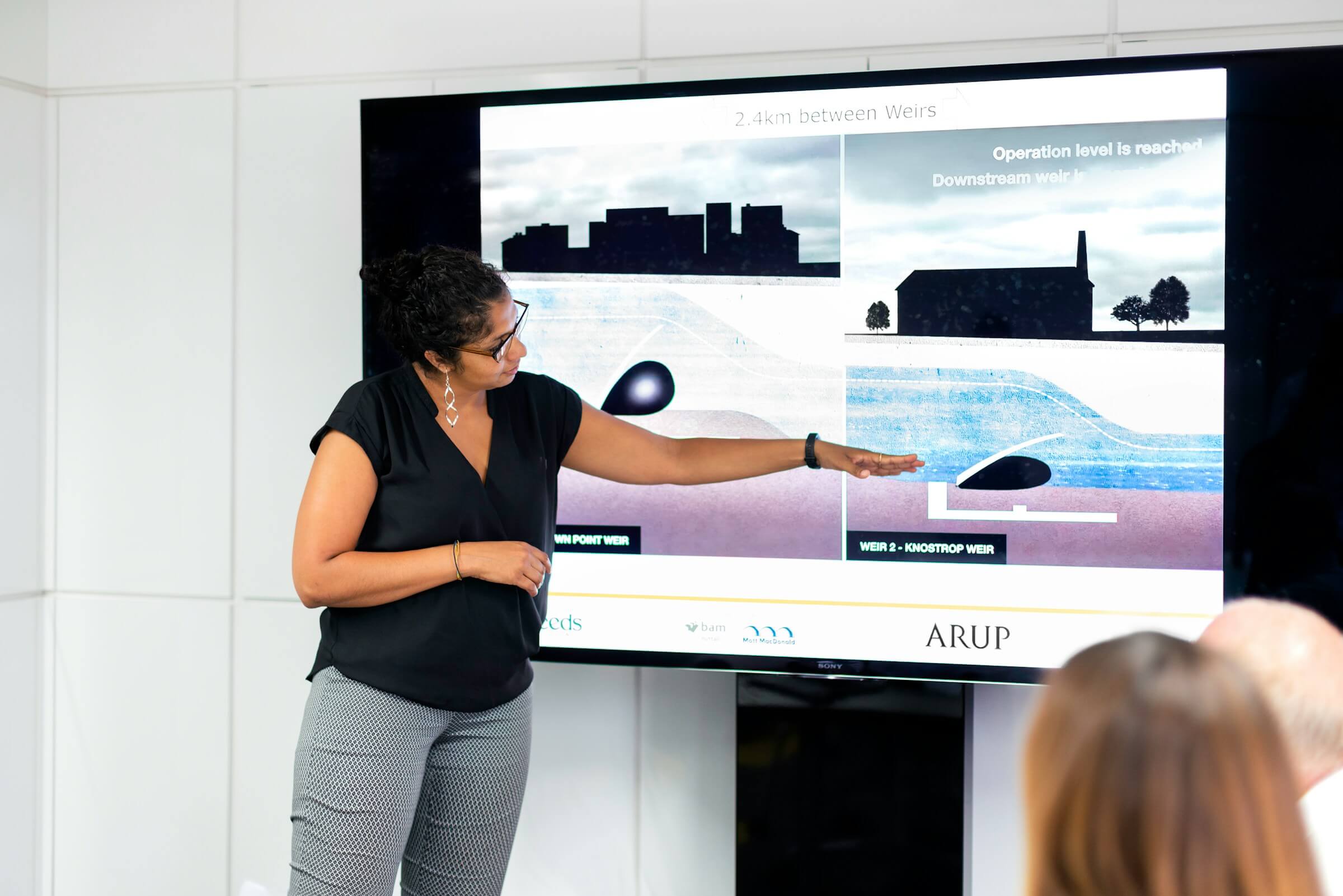
Integrating technology smoothly with the overall aesthetic is a key feature of office design.
Why Business Owners Should Choose Office Designers Over Interior Designers
Business owners need to think beyond aesthetics when designing a workspace. While an interior designer might create a visually pleasing space, an office designer offers solutions that improve overall productivity, employee satisfaction, and business efficiency. Here’s why an office fitout expert is the better choice for your business:
1. Office Design Focuses on Business Goals
An office designer aligns the layout and design of the office with your business’s objectives. Whether you need an open-plan environment to encourage collaboration or quiet zones for focused work, an office designer can create a space that supports your specific needs. The right office layout can also improve client and customer engagement by making the space more inviting and professional.
2. A Holistic Approach to Well-being
Office design is more than just furniture and layout. It’s about creating an environment where employees can thrive, both physically and mentally. Features like natural light, ergonomic workstations, and quiet zones are crucial in reducing stress and increasing productivity. Office designers understand how to implement these features into your workspace effectively.
3. Integration of Technology
Today’s office spaces rely on technology for day-to-day operations. An office designer considers how to incorporate digital tools into the design, from conference room setups to smart office technologies. This ensures seamless connectivity and functionality, enabling employees to work more efficiently.
4. Future-Proofing Your Workspace
As the nature of work continues to evolve, so too must office design. An office designer is skilled in creating flexible workspaces that can adapt to future changes, such as hybrid working models or increased digital collaboration. This future-proofing ensures that your office remains functional and relevant as your business grows and evolves.
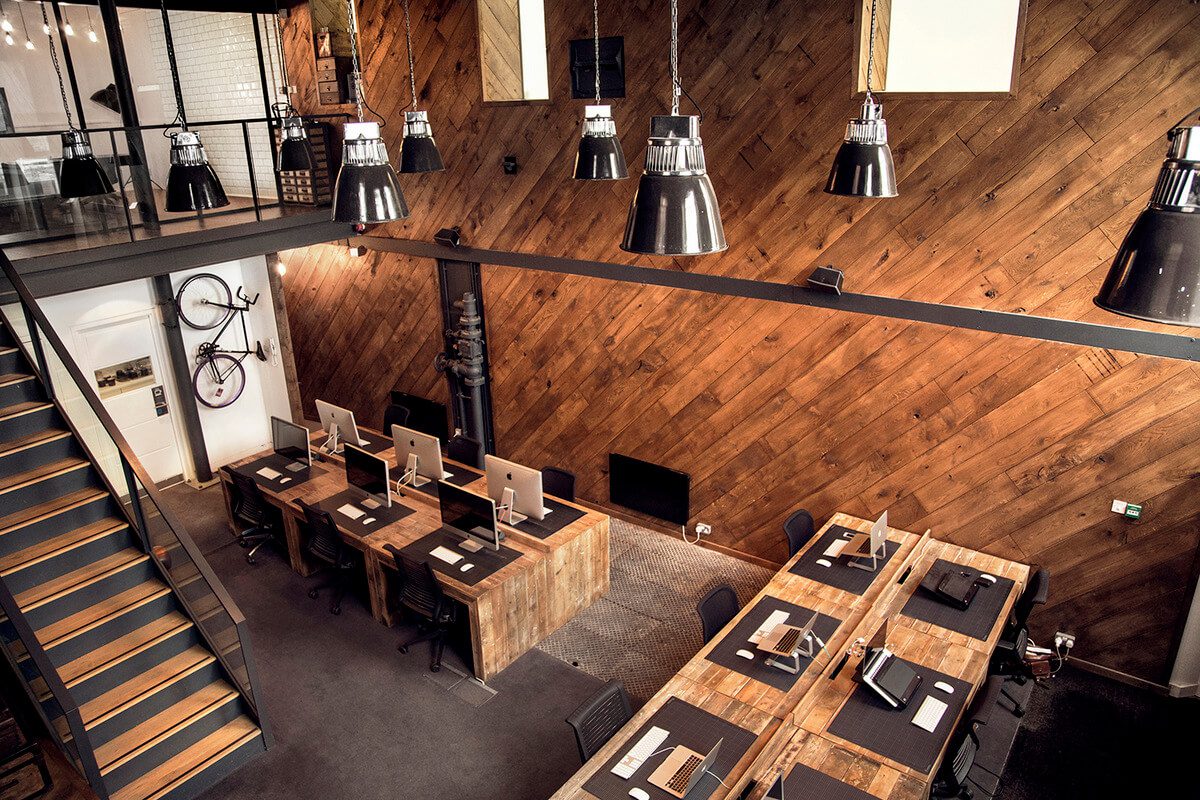
Office Design considers the customer, employees, and business goals.
Interior Design vs. Office Design – Making the Right Choice
While interior design is excellent for creating aesthetically pleasing spaces, office design goes far beyond that. An office fitout expert not only improves the look of your workspace but also creates a functional, ergonomic environment that boosts productivity, supports employee well-being, and enhances customer engagement. For business owners, investing in office design is a strategic decision that pays off in the long run.
When considering your next office renovation or new fitout, make sure you choose a designer who understands the unique demands of your workspace—someone who can deliver more than just a beautiful office but a space that helps your business thrive.
Ready to transform your workspace into a high-performing, innovative environment? Contact our team of office design experts today to discover how we can help you create a functional and inspiring office that drives productivity and supports your business goals.
